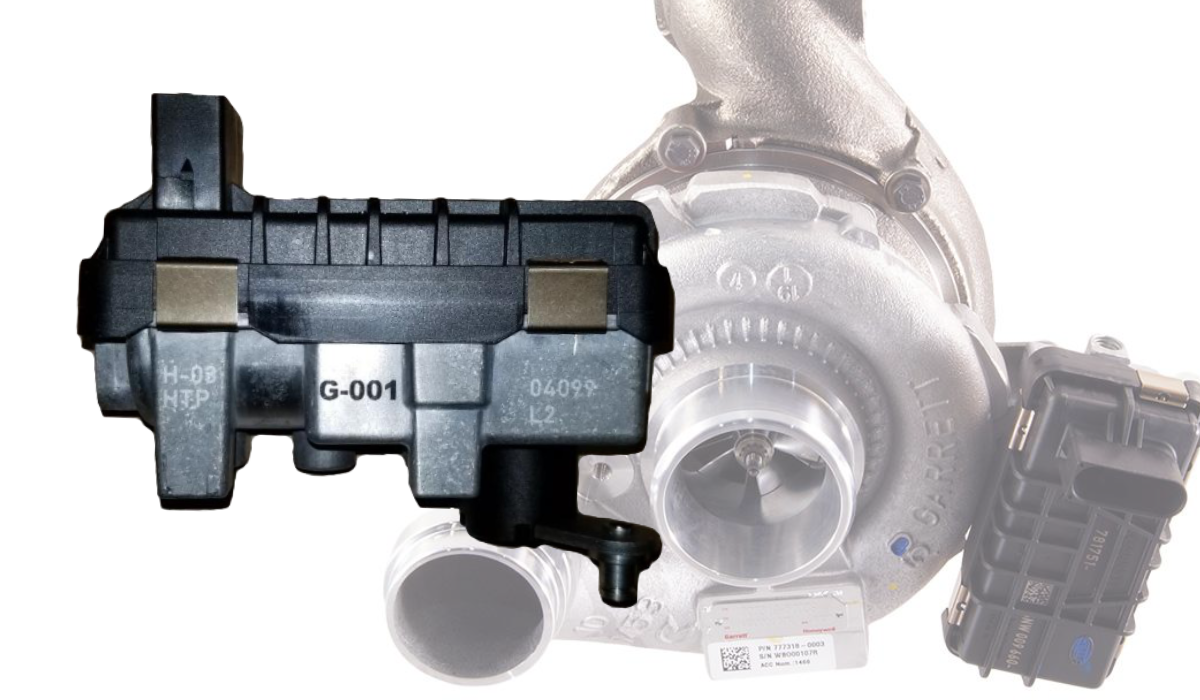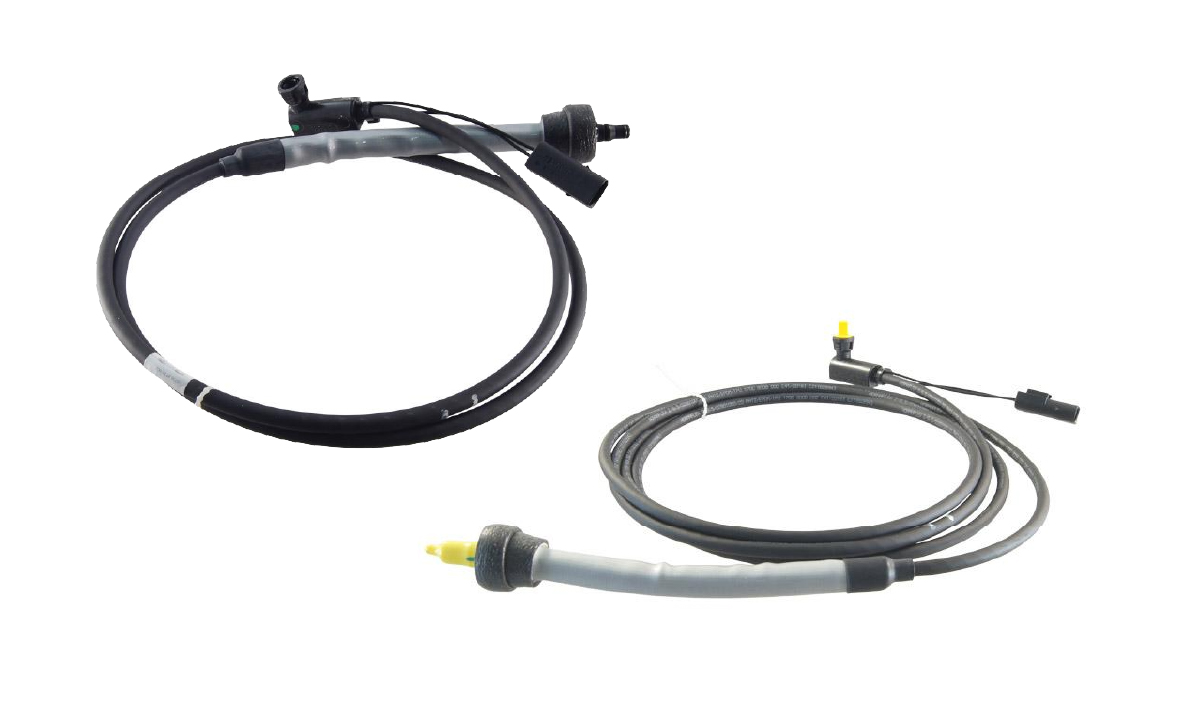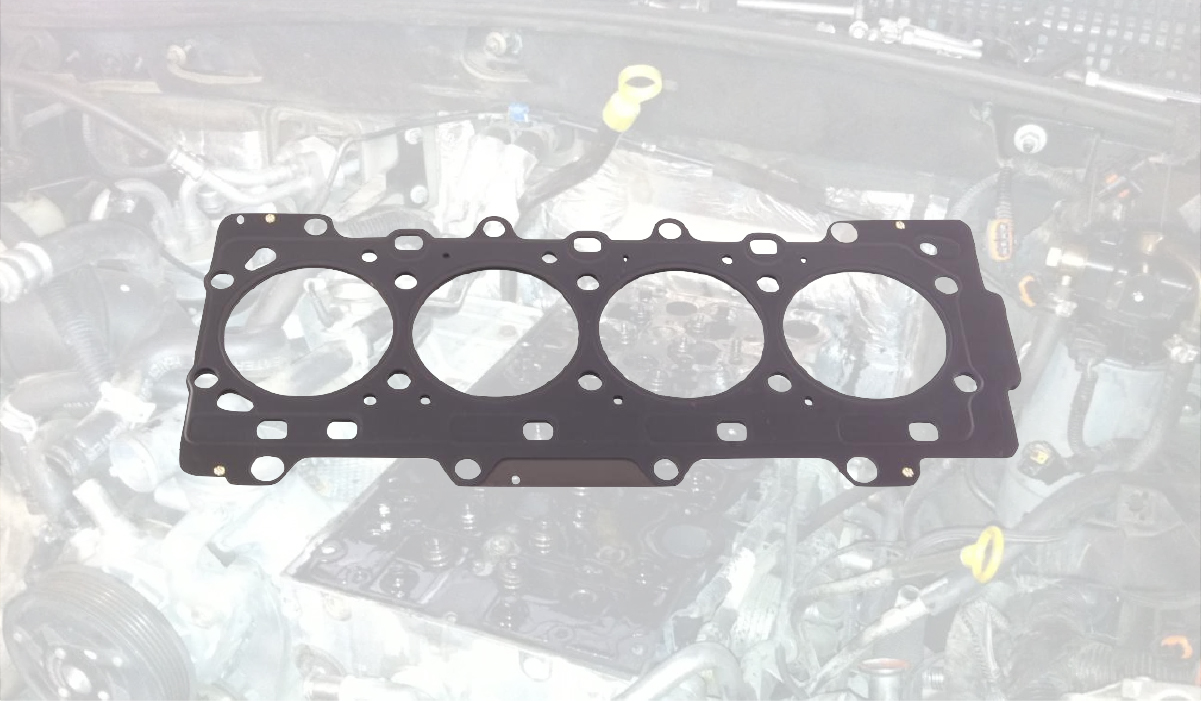Engine runaway is a dangerous condition that is more common in diesel engines than gasoline engines. If not properly handled, a runaway engine will almost always end up completely destroying itself. If runaway occurs while driving, the vehicle may accelerate on its own, without any throttle request. Knowing what runaway is and what causes it will help to understand how best to handle it.
What is engine runaway?
As you probably already know, being on a diesel-focused blog, diesel engines use high compression to ignite diesel fuel, i.e. compression ignition. The high heat and pressure inside the cylinder cause the diesel fuel to explode. Diesel fuel isn’t the only fuel source that can work on a diesel engine – in fact, the original diesel engine made by Rudolf Diesel was originally designed to run on vegetable oil!
Under normal circumstances diesel fuel is the only fuel source that is getting into the cylinder. But, since many items can function as fuel, problems arise when a different source of fuel is present. Engine runaway occurs when the engine is running on something other than the primary fuel source and this other source is uncontrolled/unmetered. The most common fuel source in engine runaways is engine oil.
Why does engine runaway happen?
Oil vapors are always present inside the cylinder, either from the EGR or from leak-by of valve seals or piston rings, so the engine is always burning a small amount. The amount of oil is small enough that it doesn’t make an impact on cylinder combustion. However, when part of an engine fails that allows excess oil to enter the cylinder, conditions are perfect for runaway.
Excess oil entering the engine, leading to runaway, is almost always caused by the turbocharging system. Runaway can also occur with extremely leaky piston rings or valve seals, but, that is more common on large industrial motors and fairly rare on light and medium duty diesel engines. There are two ways the turbocharging system can cause runaway:
- Turbocharger Failure: engine oil is used to lubricate the turbocharger internals. If the turbocharger fails that oil flow may enter the intake system and make its way to engine. If you suspect your turbocharger has failed, turn off the car immediately and do not drive it until repaired.
- Properly Working Turbo Pushing Oil Collected in Intercooler System: engine runaway can also occur with a healthy turbo when there is excess oil present in the intercooler or intercooler pipes.
- Runaway After New Turbocharger: whenever fixing a turbocharger or boost issue, including turbocharger or actuator replacement, always drain and clean all intercoolers and hoses before reassembly. If you fix a boost problem without cleaning those items, any oil collected in the system will be pushed together into the engine, which can cause a runaway.
How can you tell runaway is occurring?
Experiencing engine runaway is frankly a terrifying experience. Rather than experiencing it for the first time in real life, take some time and watch some YouTube videos on runaway – I’ve created a playlist of my favorite runaway videos here.
There are two things that immediately identify a runaway condition. The first is engine acceleration – i.e. the RPMs are going up or the car is accelerating – even though you are not pressing on the accelerator pedal. Second, the engine will produce a lot of smoke, like A LOT of smoke.
What should you do if you suspect runaway?
There are two rules to properly handle a runaway if you are driving the car.
- DO NOT PUT THE VEHICLE IN NEUTRAL! Being in neutral takes load off the engine and will cause the engine to accelerate quickly.
- USE YOUR BRAKES TO BRING THE CAR TO A COMPLETE STOP AND STALL THE ENGINE! Keep the car in gear and use the brakes the slow the car down. A runaway engine actually produces very little power, so, it should be easy to slow the car down using the brakes even in gear.
If you are working on the engine and it runs away you need to stop the engine’s source of air as quickly as possible. Combustion can’t occur if the engine can’t get oxygen, so suffocating the engine will stop the runaway. If you do a lot of engine work, always have a hard piece of material (I have a 1′ square piece of plywood) around that you can use to block an air intake. A engine in runaway will stop within seconds if you block the air intake.
What damage can occur if a runaway isn’t controlled?
Typically a runaway that isn’t handled properly using the methods above will either be completely destroyed or require substantial engine rebuilding. A runaway engine will continue to accelerate, way above the redline, until it physically cannot spin any faster. As the engine spins faster, engine oil that usually coats internals such as crankshaft and connecting rod bearings starts flying off these surfaces. Once enough oil has been ejected, metal-on-metal contact occurs and BAD things happen. The engine could seize and cause crankshaft damage on the bearing surfaces, or, some component many completely break/sheer off. It isn’t uncommon that a part of the engine, usually a connecting rod, breaks and punches a hole in the cylinder block.
Another scenario can occur called “hydrolocking” – hydrolocking occurs when so much liquid – like engine oil – enters the cylinder that the piston cannot move up to the top of its stroke. This, too, will cause the engine to seize.
You had a runaway, now what?
If your engine had a runaway and it was not caught before the engine seized on its own, the first thing to determine is why it seized. It is typically cheaper to buy an entire motor than try to repair an engine seized because of metal-on-metal contact. In hydrolocked engine, though, the damage is typically limited to a few bent connecting rods. It isn’t a cheap repair, but, it should be possible to fix the engine and put the car back on the road.
Tell us your story!
Have you had a runaway? Did it scare you? When did it happen? Did you get it repaired, if so, how? Let us know below.






Leave a Reply to DamienCancel reply